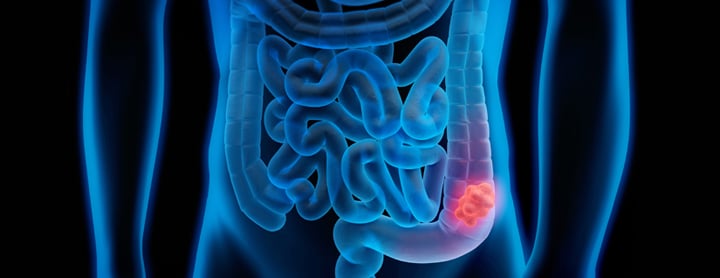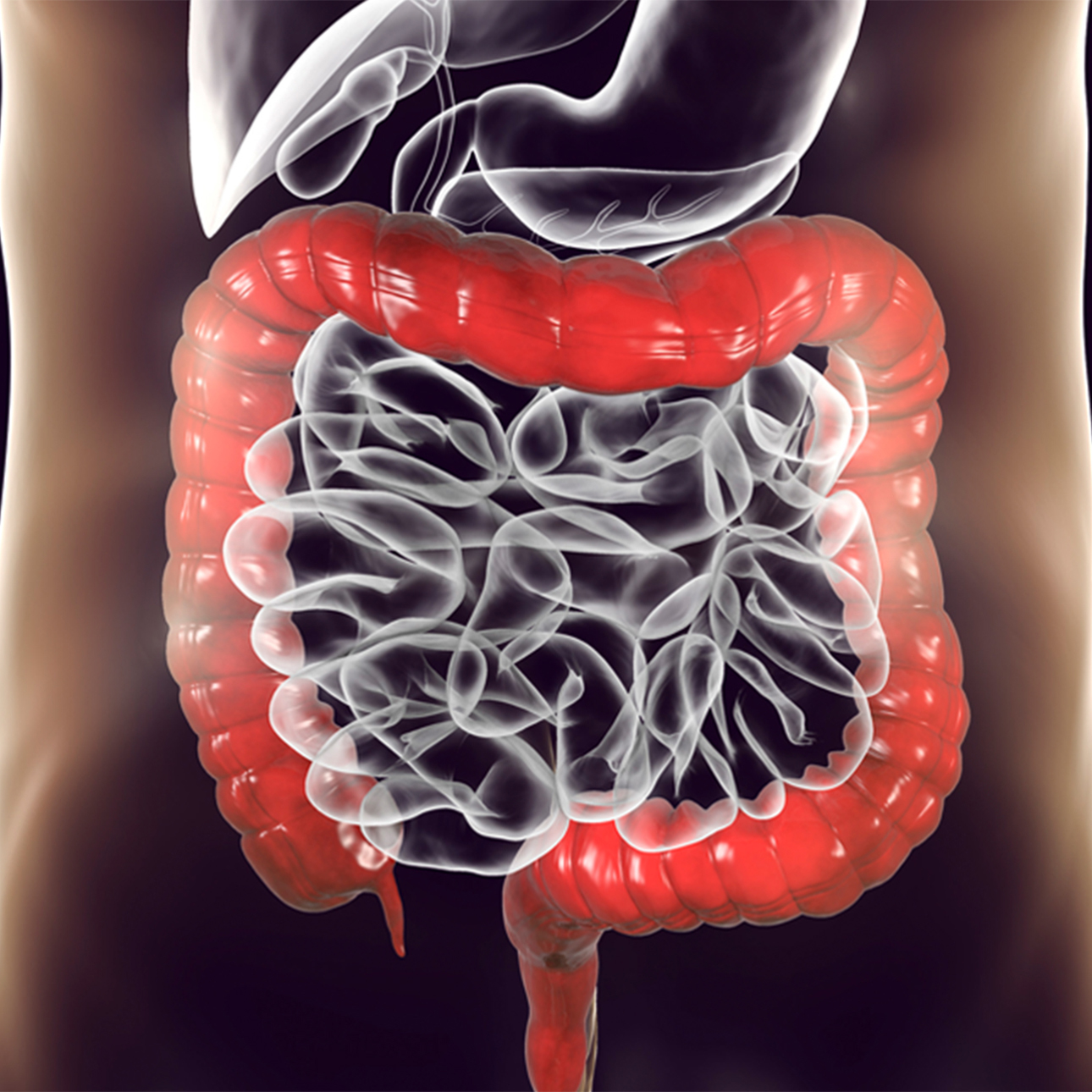Colon Cancer

Overview
The colon makes up the last six feet of the large intestines and absorbs water, electrolytes and nutrients from food and transports them into the bloodstream.
Colon cancer is fairly common, affecting about 7 percent of the American population. Although it is a life-threatening disease, it is a highly curable form of cancer if found early. Regular check-ups and screenings are very important.
Although the exact cause of colon cancer is unknown, certain risk factors have been identified that may increase your chance of developing the disease. These include:
- Age The majority of colon cancers are diagnosed in people aged 50 or older, although the disease affects all ages.
- Bowel disease A history of colorectal cancer, intestinal polyps and diseases such as chronic ulcerative colitis and Crohn's disease increase your chance of developing colon cancer.
- Diet and exercise A diet high in fat, particularly from animal sources, and an inactive, sedentary lifestyle can increase your chance of developing colon cancer.
- Ethnic background and race Jews of Eastern European descent, called Ashkenazi Jews, have a higher rate of colon cancer. African-Americans and Hispanics have a higher death rate from colon cancer, which may be caused by insufficient screenings, poor diet and lack of exercise.
- Family history/genetic factors Specific genes have been identified that increase your chance of having colon cancer. If you have a strong family history of colorectal cancer, as defined by cancer or polyps in a first-degree relative younger than 60 or two first-degree relatives of any age, you're at increased risk for developing colon cancer.
- Smoking and alcohol Research suggests that smokers and heavy drinkers have an increased risk of developing colon cancer.
Our Approach to Colon Cancer
UCSF surgeons have decades of experience with colon cancer and are committed to providing the safest, most effective care for each patient. Treatment is likely to involve surgery, radiation or chemotherapy, or all three, depending on your situation.
Laparoscopic or robotic surgery may be an option for you. These minimally invasive techniques result in less pain and typically allow a faster recovery. We also offer opportunities to try new treatments by participating in clinical trials. In addition to treating people at every stage of colon cancer and with every prognosis, our team handles particularly complicated or unusual cases that other hospitals turn away.
Early-Onset Colon Cancer
Colon cancer rates are rising for people under 50. Watch leading doctors discuss possible reasons, risk factors and available treatments.
Awards & recognition
-

Among the top hospitals in the nation
-

Best in Northern California for cancer care (tie)
-
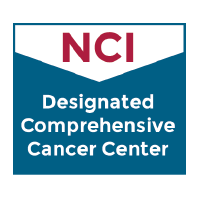
Designated comprehensive cancer center
-

Rated high-performing hospital for colon cancer surgery
Signs & symptoms
Common signs and symptoms of colon cancer include:
- A change in bowel habits
- Diarrhea, constipation or feeling that the bowel does not empty completely
- Blood, either bright red or very dark in the stool
- Stools that are narrower than usual
- General abdominal discomfort such as frequent gas pains, bloating, fullness or cramps
- Weight loss with no known reason
- Constant tiredness
- Vomiting
Diagnosis
Your doctor will begin the evaluation by recording your medical history, asking about symptoms you may be experiencing and conducting a thorough physical examination. He or she may recommend one or more of the following diagnostic tests:
- Barium Enema Also known as a lower gastrointestinal series, this test involves taking X-rays of the large intestines.
- Biopsy In this test, a small amount of tissue from the suspected area is removed for examination by a pathologist to make a diagnosis.
- Colonoscopy Colonoscopy is performed to see inside the rectum and the entire colon and remove polyps or other abnormal tissue for examination under a microscope. In addition to the standard colonoscopy, UCSF Medical Center offers a virtual colonoscopy.
- Digital Rectal Exam This involves the doctor or nurse inserting a gloved, lubricated finger into the rectum to feel for any abnormalities.
- Fecal Occult Blood Test This is a test for blood in the stool. Such blood may arise from anywhere along the digestive tract. Hidden blood in the stool is often the first, and in many cases the only, warning sign that a person has colorectal disease, including colon cancer.
- Polypectomy This is performed during a sigmoidoscopy or colonoscopy to remove polyps.
- Sigmoidoscopy Sigmoidoscopy is performed to see inside the rectum and the lower colon and remove polyps or other abnormal tissue for examination under a microscope.
Staging
If you're diagnosed with colon cancer, your doctor will identify the "stage" or extent of your disease. Staging is a careful attempt to find out if the cancer has spread and if so, to what parts of the body. This information helps your doctor develop the best and most effective treatment plan for your condition. More tests may be performed to help determine the stage.
The stages of colon cancer include:
- Stage 0 The cancer is very early. It is found only in the innermost lining of the colon.
- Stage I The cancer involves more of the inner wall of the colon.
- Stage II The cancer has spread outside the colon to nearby tissue, but not to the lymph nodes. Lymph nodes are small, bean-shaped structures that are part of the body's immune system.
- Stage III The cancer has spread to nearby lymph nodes, but not to other parts of the body.
- Stage IV The cancer has spread to other parts of the body. If it spreads, colon cancer tends to spread to the liver and lungs.
- Recurrent Recurrent cancer means the cancer has come back after treatment. The disease may recur in the colon or in another part of the body.
Treatments
Treatment for colon cancer may include surgery, radiation therapy or chemotherapy, or a combination of these approaches.
Surgery
Surgery is the most common treatment for all stages of colon cancer. Depending on the stage and size of your tumor, your doctor will remove your cancer with one of the following methods:
- Local excision – This surgical approach is used for very early stage cancers. It involves inserting a tube through the rectum into the colon and removing the cancer, rather than making a cut in the abdominal wall. If the cancer is found in a polyp, the procedure is called a polypectomy.
- Resection – This approach is used for larger and more advanced cancers and includes a partial colectomy, which involves removing the cancer, a small amount of surrounding healthy tissue and in many cases, nearby lymph nodes to examine for cancer. Afterwards, the doctor will sew the healthy parts of the colon together, during a procedure called an anastomosis.
- Resection and colostomy – This approach is used when the ends of the colon cannot be sewn back together. In these cases, a colostomy is performed, in which an opening outside of the body for waste to pass through is created, called a stoma. A bag is then placed around the stoma to collect the waste. The colostomy may be temporary, although if the entire lower colon is removed, it is permanent. Our specially trained nurses will help you learn how to manage your colostomy and incorporate it into your lifestyle.
- Laparoscopic surgery – Also called "keyhole surgery," this innovative approach is being used for some patients with colon cancer. During the procedure, a lighted tube, called a laparoscope, and special instruments are placed inside the body through a few small incisions in the abdomen, rather than one large one. The surgeon is then guided by the laparoscope, which transmits a picture of the intestinal organs on a video monitor and then removes diseased areas of the intestines. Laparoscopic surgery for colon cancer offers an alternative and many advantages to standard surgery, including less pain and a shorter recovery period.
- Robotic surgery – In some cases, we can remove the cancer using robotic surgery, another minimally invasive technique with similar benefits to those of laparoscopic surgery.
Radiation Therapy
Radiation therapy is the use of X-rays or other high-energy rays to kill cancer cells and shrink tumors. Radiation may come from a machine outside the body, or external radiation therapy, or from putting materials that contain radiation through thin plastic tubes, called internal radiation therapy, in the intestine area. Radiation can be used alone or in addition to surgery and chemotherapy.
Radiation therapy may be used after surgery to kill any remaining areas of cancer or before surgery to shrink the tumor. Radiation also can be used to prevent cancer from coming back to the place it started and to relieve symptoms of advanced cancer.
Chemotherapy
Chemotherapy is the use of drugs to kill cancer cells. It may be taken by pill, or injected into a vein. Chemotherapy may be administered through a tube that is left in the vein while a small pump gives the patient constant treatment over a period of weeks.
Chemotherapy is called a systemic treatment because the drug enters the bloodstream, travels through the body and can kill cancer cells outside the colon.
If the cancer has spread, you may be given chemotherapy directly into an artery to the infected part of the body. If your doctor removes all the cancer that can be seen at the time of the operation, you may receive chemotherapy after surgery to kill any cancer cells that are left. Chemotherapy after an operation, when you have no known cancer cells, is called adjuvant chemotherapy.
Biological Treatment
Biological treatment, also called immunotherapy, tries to make your body fight against cancer. It uses materials made by the body or made in a laboratory to boost, direct or restore your natural defenses against disease.
Radiofrequency Ablation
This innovative approach involves using a special probe with tiny electrodes to kill cancer cells. The probe is inserted through an incision in the abdominal wall or directly into the skin, using local anesthesia.
Cryosurgery
This treatment uses an instrument to freeze and destroy abnormal tissue.
UCSF Health medical specialists have reviewed this information. It is for educational purposes only and is not intended to replace the advice of your doctor or other health care provider. We encourage you to discuss any questions or concerns you may have with your provider.
Recommended reading
Where to get care (4)
Related clinics (4)
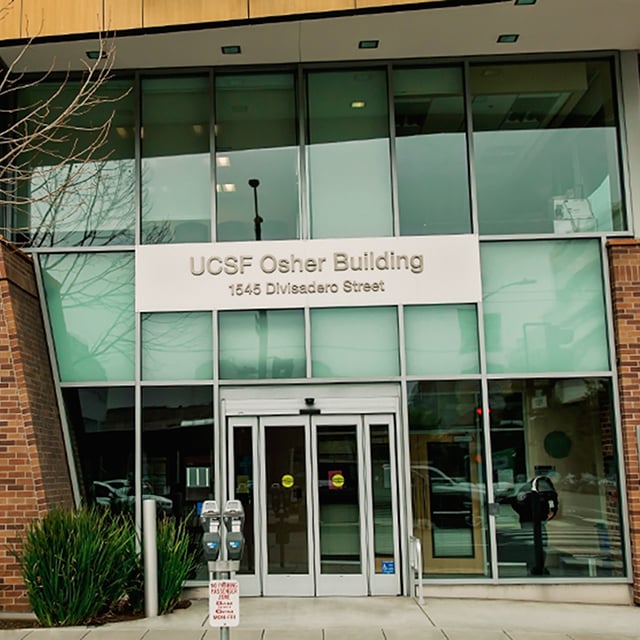
Osher Center for Integrative Health
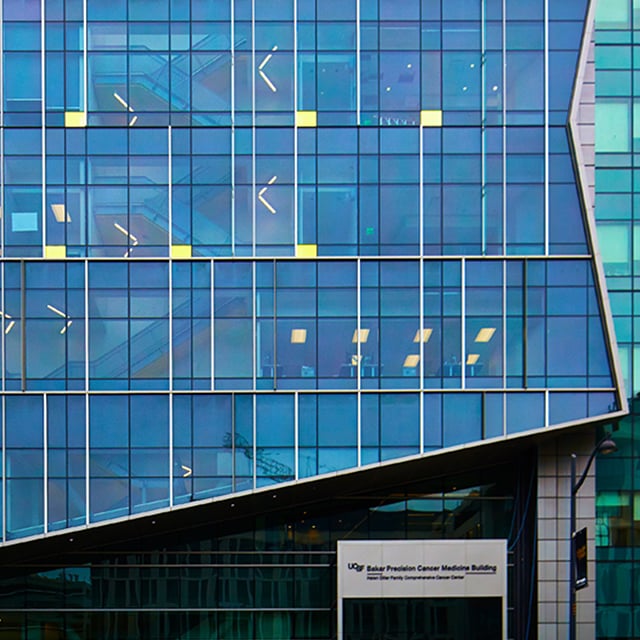 2
2






